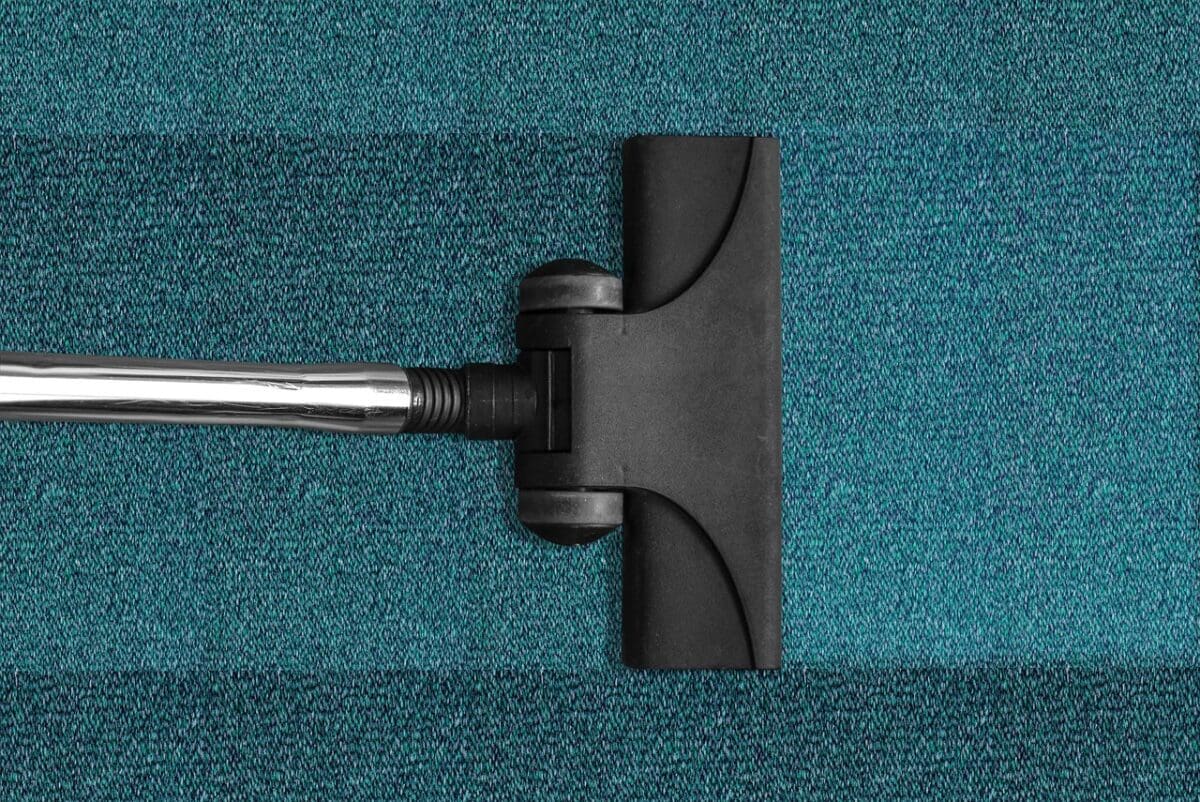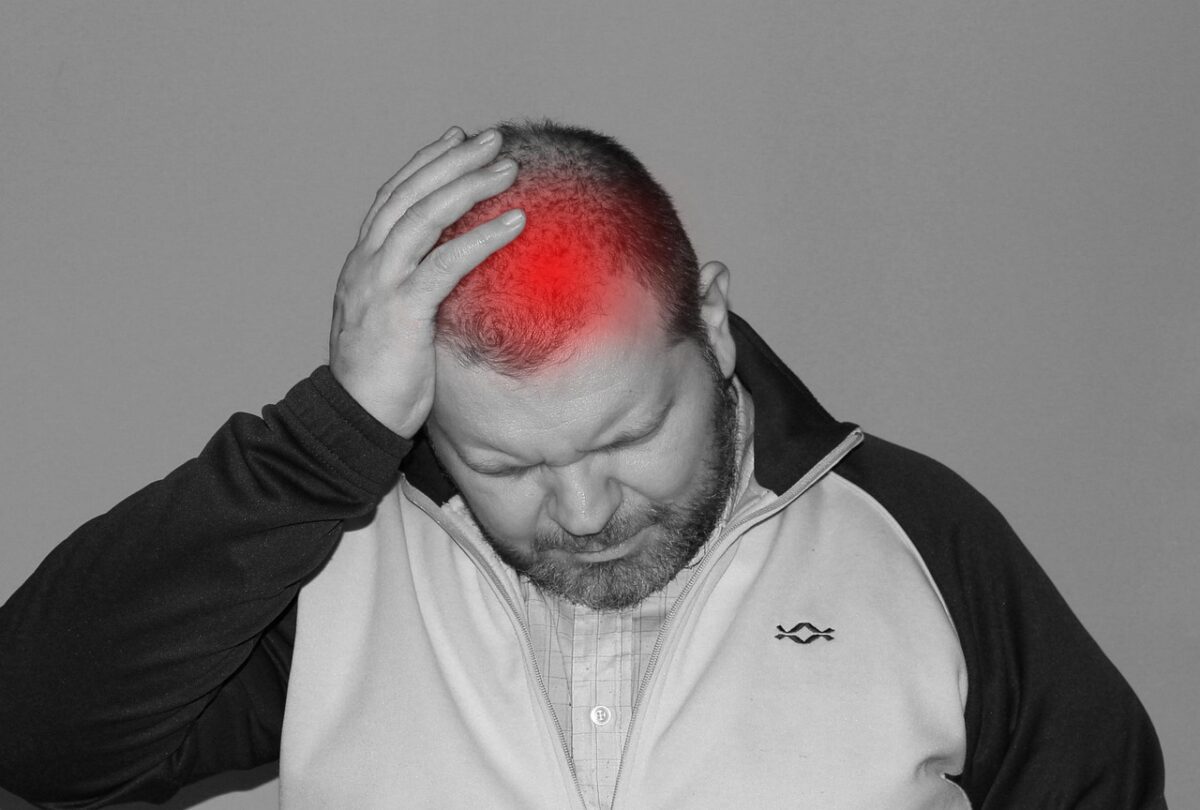
Chiropractic Care to Alleviate Symptoms of Herniated Disc
Posted By: Forward Wellness
The anatomy of the spine includes the vertebrae joined by facet joints. Between these vertebrae are the discs. These discs offer protection to the spine, absorb impact, and maintain the right amount of separation between vertebrae. Dysfunction of the disc can occur which may result in a "bulge" or herniated disc.
A herniated disc is often referred to as a "slipped disc" although this term is not recommended anymore as it does not "slip out". Discogenic pain can be quite intense, and it may also lead to nerve symptoms such as sharp, shooting pain down the leg or numbness & tingling sensations in your leg. These symptoms may limit your activity, often limiting movements such as bending forward, twisting, and sitting. These limitations may reduce your quality of life. While the symptoms of a herniated disc are not profound in some people, others may experience severe and chronic pain.
A herniated disc can often be successfully treated with conservative care (chiropractic and physiotherapy). You may also require some adjunctive medical care including medication. There are medication options that may help with inflammation and severe pain, making your therapy more comfortable and tolerable. A Chiropractor will assess your lumbar spine and provide you with education and treatment options for your disc dysfunction.
Symptoms of Herniated Disc

Most times, the symptom of the herniated disc comes from the location where the disc bulges. The symptoms can travel through the nerve that has been affected. Some of the common symptoms are:
- Stiffness
- Tenderness
- Back or Neck pain
- Leg pain or tingling (for lower back disc injuries)
- Arm pain or tingling (for disc injuries in the neck)
Causes of Herniated Disc
Aging can contribute to the cause of a herniated disc. As we grow old, the elasticity and water content of the shock-absorbing spinal discs reduces. This makes them stiffer and more susceptible to injury or damage. Some other activities that can increase your risks for a bulging or herniated disc include:
- Improper lifting techniques
- Physical trauma (Car accident, Falls)
- Repetitive movements such as bending or lifting
- Sporting activities
- Unhealthy habits such as smoking
Chiropractic Treatment for Herniated Discs
Chiropractic care is a non-surgical, natural, and safe treatment option for herniated disc treatment. Seeing a chiropractor is a good option for conservative care.
When meeting a chiropractor, your medical history will be reviewed. Also, you will have to complete a thourough physical examination, and perform orthopedic and neurological tests. Your reflexes will be checked to see if they are intact, and your muscle strength and sensation will be assessed.
Regardless of where you feel the pain, your whole spine will be evaluated. This is necessary because issues with a section of the spine can affect other parts of the spine and body. The examination of the spine may include referral for MRI or X-ray if the chiropractor deems necessary. Following the assessment, a custom treatment plan will be developed and discussed with you. This personalized treatment plan may include therapeutic massage and spinal adjustments.
A chiropractic treatment plan may be based on many factors. These factors may include the level of the pain, your overall health, the amount of activity you perform each week, and the treatment style of your chiropractor. Some chiropractic techniques used for the treatment of herniated disc are:
Flexion-distraction technique:

This is a common chiropractic treatment method that requires a patient to lie down on a specially designed table. This special table helps to stretch the back and spine with care. As soon as the patient is in the proper laying position, the chiropractor addresses the issue with a special type of hand technique or pumping rhythm. Simulating the disc with this technique will help relieve disc symptoms.
The flexion-distraction technique makes use of gentle movements and typically this technique reduces the pain and inflammation.
Generally, the flexion-distraction technique is performed as a part of a series of treatments. It can also be combined with other treatments or disciplines like physiotherapy.
Pelvic blocking technique:
The pelvic blocking technique can help alleviate symptoms of a bulging or herniated disc. This treatment plan requires that a patient lies on a chiropractic table. Cushioned wedges are used underneath the area around the pelvic region. These wedges change the posture of the patient and help in relieving the pressure that is currently placed on discs that are in the spine. Combining this with gentle exercise can also move reduce disc symptoms.
When using correct posture to control and reduce pain, it will involve education and self-management tips for home. Chiropractic treatment techniques can also be combined with other options to help relieve the pressure on the spine. Where necessary, techniques like medication, heat and ice therapy, and lifestyle changes can be suggested.
To ensure that your treatment has the intended effect, your progress will be closely monitored by a chiropractor.
Manipulation under anesthesia:
This procedure is not common and not performed at our clinic but may be an option you have heard of. In theory, anaesthesia can be used to ensure that a patient does not experience any discomfort when being treated. Generally, anaesthesia is not needed as manipulation itself is not supposed to be painful. If you are not able to get into the positions needed for manipulation due to high levels of pain, there are several other techniques that can be effective for reducing your pain before a manipulation is recommended for you.
Benefits of Chiropractic Care for Herniated disc
Chiropractic care can be a long-term solution to alleviate herniated discs. It is low risk and can help improve the quality of your life. Other benefits of chiropractic care are:
Reduced inflammation: Through chiropractic adjustment, there can be a positive effect on the nervous system. This causes the body to release an anti-inflammatory substance that helps alleviate pain and reduce inflammation.
Drug-free pain relief: Chiropractic care is a natural method of alleviating symptoms of disc pain.
Improved range of motion: If your back movements are stiff and limited, seeing a chiropractor can improve your range of motion and ease of movement.Conclusion
Chiropractic care is a non-surgical option for the treatment of herniated discs. It can help in alleviating the suffering and pain that accompanies a bulge or herniated disc. If you have any herniated disc symptoms, make an appointment with a chiropractor to see if any of the techniques will work for you.




































































